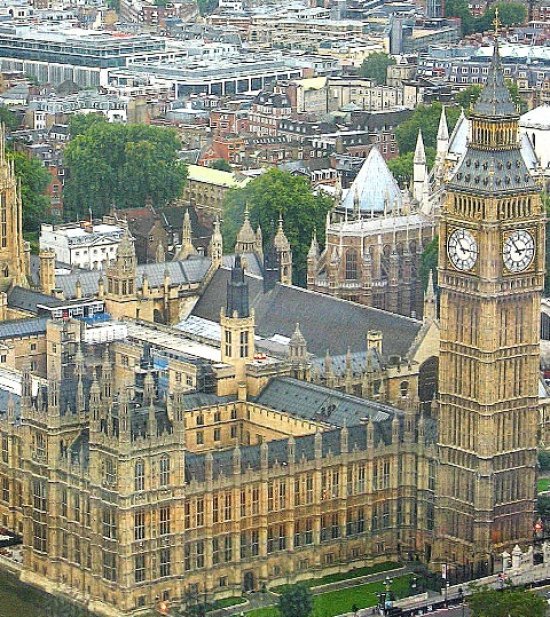Biggest change in national planning policy for six years

On Tuesday 24 July 2018, the government released the most substantial change in national planning policy for six years. Principal Planner, Mark Campbell gives a summary of the long-awaited revised National Planning Policy Framework (NPPF).
Design:
Compared to the original, this revision has a much greater focus on design. Secretary of State for Housing, Communities and Local Government James Brokenshire states that it gives councils “the confidence and tools” to refuse applications with poor design. The NPPF now states that: “Permission should be refused for development of poor design that fails to take the opportunities available for improving the character and quality of an area.”
This is aimed at preserving the unique character and setting of areas and ensuring that due diligence is paid to the appearance of development rather than sticking a one-size-fits-all approach that can harm local character, giving great weight to outstanding or innovative design that improves the sustainability of the area.
Regarding this, Brokenshire stated “I am clear that quantity must never compromise the quality of what is built, and this is reflected in the new rules.” The Ministry of Housing, Communities and Local Government further clarified that building “attractive and better-designed homes in areas where they are needed” is at “the centre” of the new NPPF".
This is extending into greater community involvement on a design level, councils being encouraged to allow residents to see schemes before they are built and making it so adopted neighbourhood plans should “demonstrate clear local leadership in design quality, with the framework allowing groups seeking such plans to truly reflect the community’s expectations on how new development will visually contribute to their area.”
Housing:
From November, councils will be required to take a Housing Delivery Test to counter the longstanding housing supply issues and allow the government to fulfil its target of building 300,000 homes by 2020. Rather than focusing on how many homes are planned for, it aims to drive up the number of homes that are actually being built. This test is important as it is going to determine whether development plan policies are out of date and, if councils under-deliver over three years, will trigger the presumption in favour of sustainable development.
There is concern though over the pressure that will be faced by councils to make sure that they do not fail the Test and have their policies declared out of date.
The new NPPF also confirms the housing need methodology set out for calculating housing need across different forms and tenures based on a wide range of factors, including affordability.
Environment:
Environmental concerns are given greater weight in this version of the NPPF. The new NPPF aims to provide further protection for biodiversity by aligning the planning system more closely with Defra’s 25-year environment plan. It further stresses importance on air quality when deciding applications and offers more protection for ancient woodland and trees. It further introduces more restrictions on Green Belt development making it so councils have to “exhaust all other reasonable options for development before looking to alter a Green Belt boundary”, stressing that “considerable evidence” would be needed before any alterations were made to such boundaries.
In addition to the new NPPF, revised Planning Practice Guidance, details on the Housing Delivery Test and the government’s approach to viability testing were published.
We will continue to provide further commentary on the new NPPF over the course of the coming weeks.
To find out more about our Planning Consultancy services click here. Or you can contact Mark Campbell here.
